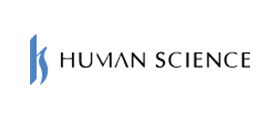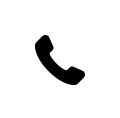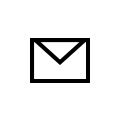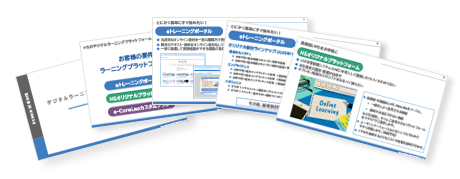2022.04.11
2025.10.31
What is "SCORM-Compliant e-Learning Material"? Explanation of Advantages, Disadvantages, Structure, and How to Create It!
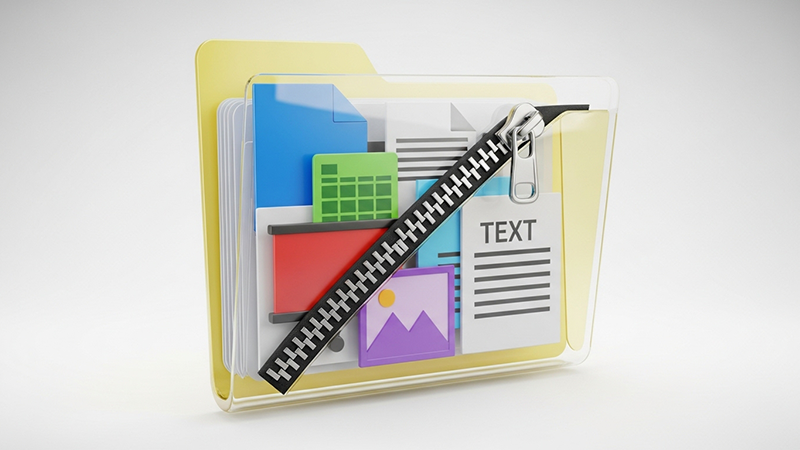
Have you ever heard the terms "SCORM-compliant" or "SCORM-ification" when creating and managing e-learning materials? Materials that comply with SCORM can be utilized across various LMS (Learning Management Systems), making the recording and management of learning data more efficient.
This time, we will focus on SCORM and provide a wide-ranging explanation, covering its advantages and disadvantages, the structure of SCORM materials, and how to create them specifically.
1. What is SCORM?

SCORM stands for "Sharable Content Object Reference Model" and is the name of a standard for standardizing e-learning. It is proposed by ADL, an organization affiliated with the U.S. Department of Defense, and its adoption is being promoted worldwide.
One of the benefits of complying with SCORM is "compatibility." Compatibility means that even with different LMSs, if they comply with SCORM, the same materials can be used in the same way.※
※: In practice, individual adjustments may be necessary for each LMS. Therefore, our company listens to customer requests along with the names of LMSs and proposes the most suitable response.
Therefore, when we receive inquiries from customers about LMS migration or transferring course materials, questions related to SCORM are always included in the initial hearing. The SCORM-related consultations we receive from customers cover a wide range of topics. Here are some examples.
• There is a large amount of SCORM-compliant material, and we want to continue using it after migrating the LMS, but we cannot load it properly.
• We do not know if the existing materials are SCORM-compliant.
• The SCORM versions supported by the old and new LMS differ, so we want support for this.
• We want to make the existing materials SCORM-compliant.
• Is there a tool that can easily create SCORM materials?
• We want materials developed using the tools recommended by the new LMS.
• We do not need to carry over materials from the old LMS, but want new materials developed in a format that can be loaded onto the new LMS.
2. What is SCORM-compliant e-learning material?

E-learning materials that comply with SCORM are referred to as "SCORM-compliant," "SCORM-converted," or "SCORM materials."
SCORM conversion of materials means adapting the materials to a standardized system.
So, what functions does e-learning material perform when it is SCORM-compliant and loaded into an LMS? There are two main functions.
1) Pass information about the structure of the material to the LMS (to determine display and learning sequence on the LMS)
2) Pass learning history (progress status, test scores, pass/fail, learning time, etc.) to the LMS
In this way, SCORM-compliant materials can collaborate with the LMS to properly manage the structure of the materials and learning history. This allows learners to proceed with their studies while checking their own progress, and administrators can grasp the course status based on learning data and provide appropriate guidance and support.
3. Advantages and Disadvantages of Making E-learning Materials SCORM-compliant

Making e-learning materials SCORM-compliant offers many advantages. However, on the other hand, technical hurdles and operational constraints must also be taken into consideration. Here, we explain the benefits and drawbacks of SCORM compliance.
Benefits
Improved convenience through mutual use and reuse of LMS and learning materials
SCORM-compliant materials are compatible across different LMSs, allowing operation without dependence on a specific LMS. Additionally, the same materials can be reused across multiple systems, expanding the scope of content utilization.
Reduction of content creation and time costs when replacing
Even when changing the LMS, if the content complies with SCORM, there is no need for redevelopment, which reduces the burden of migration work. This enables a reduction in the time and cost required for content creation and updates.
Can track learners' progress and results
In SCORM-compliant LMSs, detailed records of learners' study history (such as progress, test scores, and study time) can be kept. Therefore, administrators can accurately grasp learners' study status and provide appropriate support and evaluation.
Through these advantages, a more effective e-learning environment can be built, leading to improved learner comprehension and enhanced quality of education.
Disadvantages
SCORM-compliant learning content is required
In SCORM-compatible LMSs, SCORM-compliant content is basically required, so there are cases where existing materials cannot be reused as they are. Especially if non-SCORM-compliant content was used, content reconstruction may be necessary.
Creating SCORM-compliant educational content requires specialized knowledge and skills
To create SCORM-compatible materials, various knowledge is required, such as coding skills in HTML, CSS, JavaScript, and operation of dedicated tools. Therefore, the hurdle for content creation may increase.
There may also be costs for introduction and operation
Introducing a SCORM-compliant LMS may incur introduction fees and content production costs. Additionally, during operation, content updates and technical support are required, so it is necessary to consider ongoing expenses as well.
SCORM-compliant e-learning materials offer benefits such as improved reusability and more efficient learning management; however, they also have drawbacks, including the need for specialized knowledge and costs for implementation and operation. When considering adoption, be sure to take into account your company's LMS specifications and operational framework, and focus on creating an environment that leverages the advantages of SCORM.
4. Structure of SCORM Materials

The standard structure of SCORM materials is as follows:
・manifest file
・Teaching material HTML files (SCO)
・js files, etc. (configuration data and others)
The manifest file contains information about the structure of the teaching materials.
When the materials are displayed on the LMS, you can check the structure (table of contents) of the materials, and this information is provided by the manifest file.
Additionally, the linking between items in the table of contents and the actual teaching material data (for example, the file for Chapter 1, Section 1 is 0101.html) is also described within the manifest file.
The teaching material HTML file is the main body of the material (the actual explanations, tests, and so-called "content"). It is based on HTML files.
Within the material, the smallest unit is called an "SCO" (pronounced esu-shi-ō). The scope of one SCO varies depending on the material.
For example, a material might be structured into three chapters, but all three chapters are treated as one SCO, meaning completion requires viewing all chapters. Alternatively, the material might be divided by chapters or sections, with "Chapter 1," "Chapter 2," "Chapter 3," or "1-1," "2-1," "3-1" each being separate SCOs.
In the LMS table of contents, each SCO is presented as a link and serves as a learning unit. Therefore, it might be easier to imagine that the units separated on the LMS are SCOs.
The way SCOs are divided can be freely designed.
When we produce teaching materials, the SCO units (divisions) are a key point to confirm early in the design phase.
Typically, learning history is acquired in units of SCO.
The information about viewing that is passed from the teaching materials side to the LMS side, along with the files set for pass/fail judgment, constitutes the SCORM materials. These files are written using JavaScript.
5. How to Create SCORM Materials

So, how should SCORM materials be created?
When creating new materials, the easiest way is to use tools that support SCORM.
By using iSpring or Storyline, you can generate SCORM materials simply by specifying the configuration items. The features vary depending on the tool, but you can also finely configure how learning history is acquired.
Although the above two tools require knowledge and confirmation regarding necessary configuration items for the materials and the SCORM version specified at export, and have limitations such as not allowing multiple SCOs to be set within a single material, they require little specialized knowledge. Note that Storyline’s interface is in English.
If using tools is difficult, a certain level of expertise is required.
If you already have e-learning materials and want to utilize them, the necessary actions will vary depending on the condition of the data, so first, an analysis or investigation of the data is conducted. Also, in cases of migrating an LMS, it is important to check whether the SCORM versions supported by the LMS differ between old and new versions.
SCORM is a technology that requires knowledge and skills and is part of the certification system (SCORM Technician) accredited by the DLC Digital Learning Consortium.
> Related link: What is iSpring Suite? Introduction to Features, Pricing, and Benefits
6. The Evolution of LMS
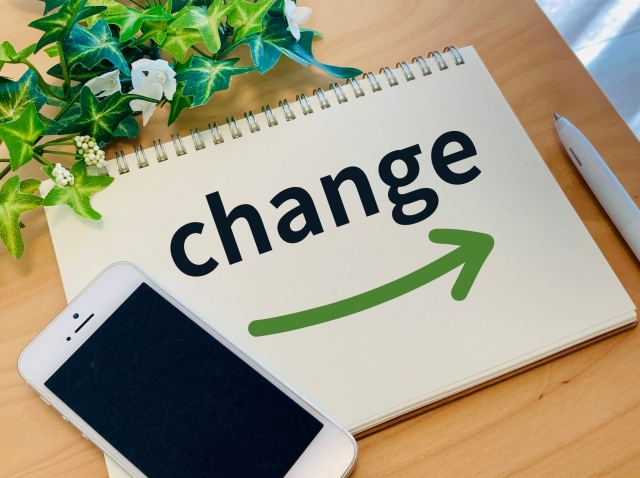
As mentioned at the beginning, in recent years, "LMS migration" has also become a trend in the e-learning industry.
Around 2000, when our company started working on e-learning content, prominent Japanese major companies were releasing LMSs.
Over more than 20 years since then, LMSs have evolved with the times, and the roles they are expected to fulfill have changed.
In recent years, systems equipped with many more functions have emerged, not only managing educational aspects but also handling personnel information and more, known as "Talent Management Systems."
Additionally, open-source LMSs such as Moodle and Totara have appeared, increasing the available options.
The methods of LMS implementation have also changed. Previously, client companies would build dedicated servers themselves, requiring relatively large-scale preparations and considerable costs. However, now LMSs available as cloud services have appeared, and using them for a limited period has become commonplace. Overall, LMSs are now easier to introduce regardless of the size of the company using e-learning.
Unfortunately, some companies have withdrawn from the LMS business, and this situation has contributed to a growing demand for LMS replacement-related support.
7. Summary

This time, we explained SCORM and the materials compliant with it. When considering implementation, it is important to utilize SCORM in the most suitable way based on your company's LMS specifications and operational structure. In particular, by understanding the resources for content creation and the operational burden in advance, and using SCORM-compatible authoring tools or external specialized services as needed, efficient implementation and operation become possible.
Since the launch of our service in 2000, Human Science has been involved in content creation from the early days of e-learning, building a wealth of achievements. We offer various solutions including content migration associated with LMS implementation and replacement support.
If you have any problems, please feel free to contact us.
> Create rich e-learning materials with the familiar PowerPoint you’re used to - iSpring Implementation Support
> iSpring Product Implementation / Creation Support
> E-learning Material Production
> In-house Material Production Support
> Articulate Storyline, Studio Implementation Support & Creation Service
> Moodle and Totara Learn (Open Source LMS) Implementation and Operation Support




